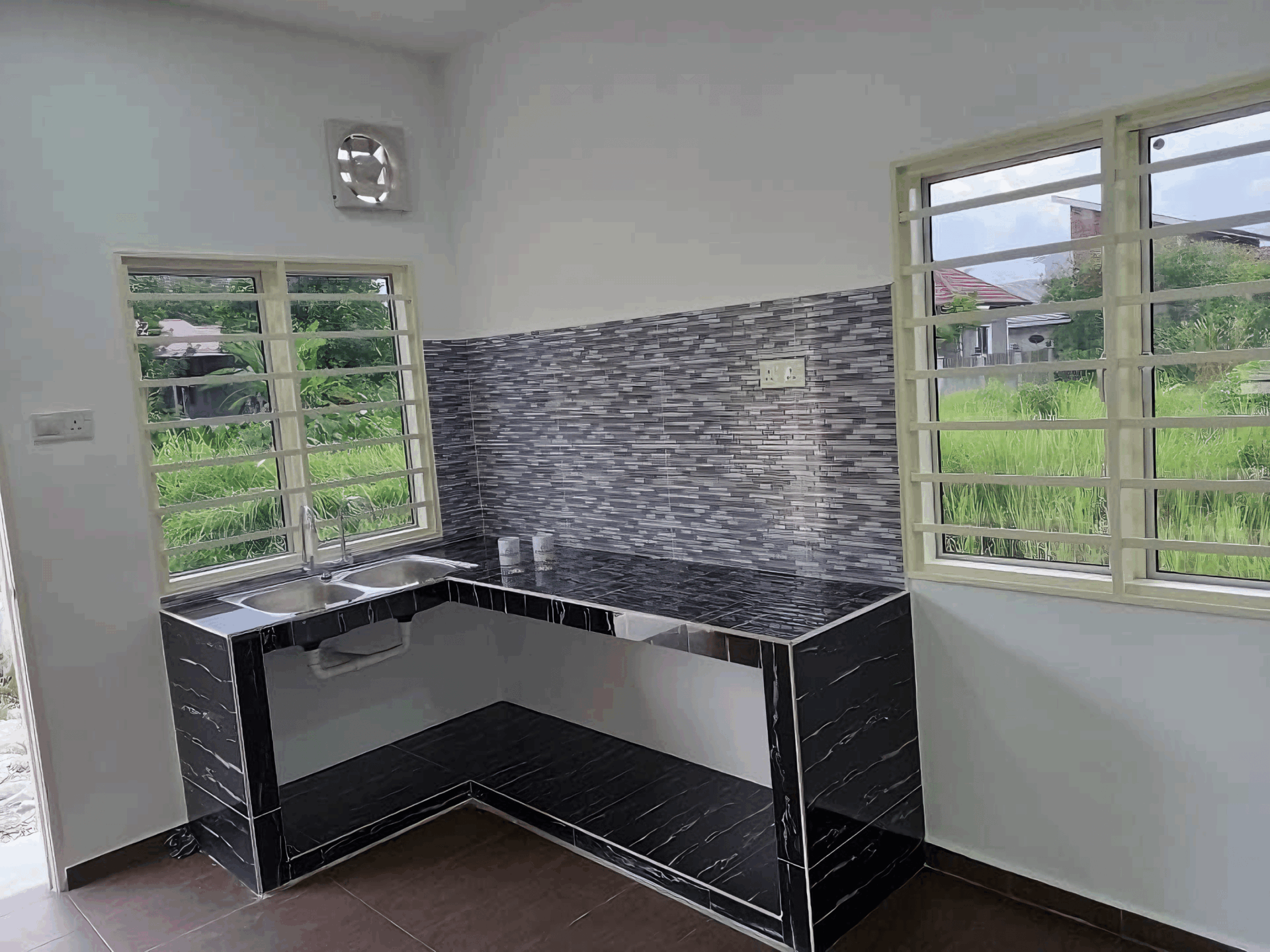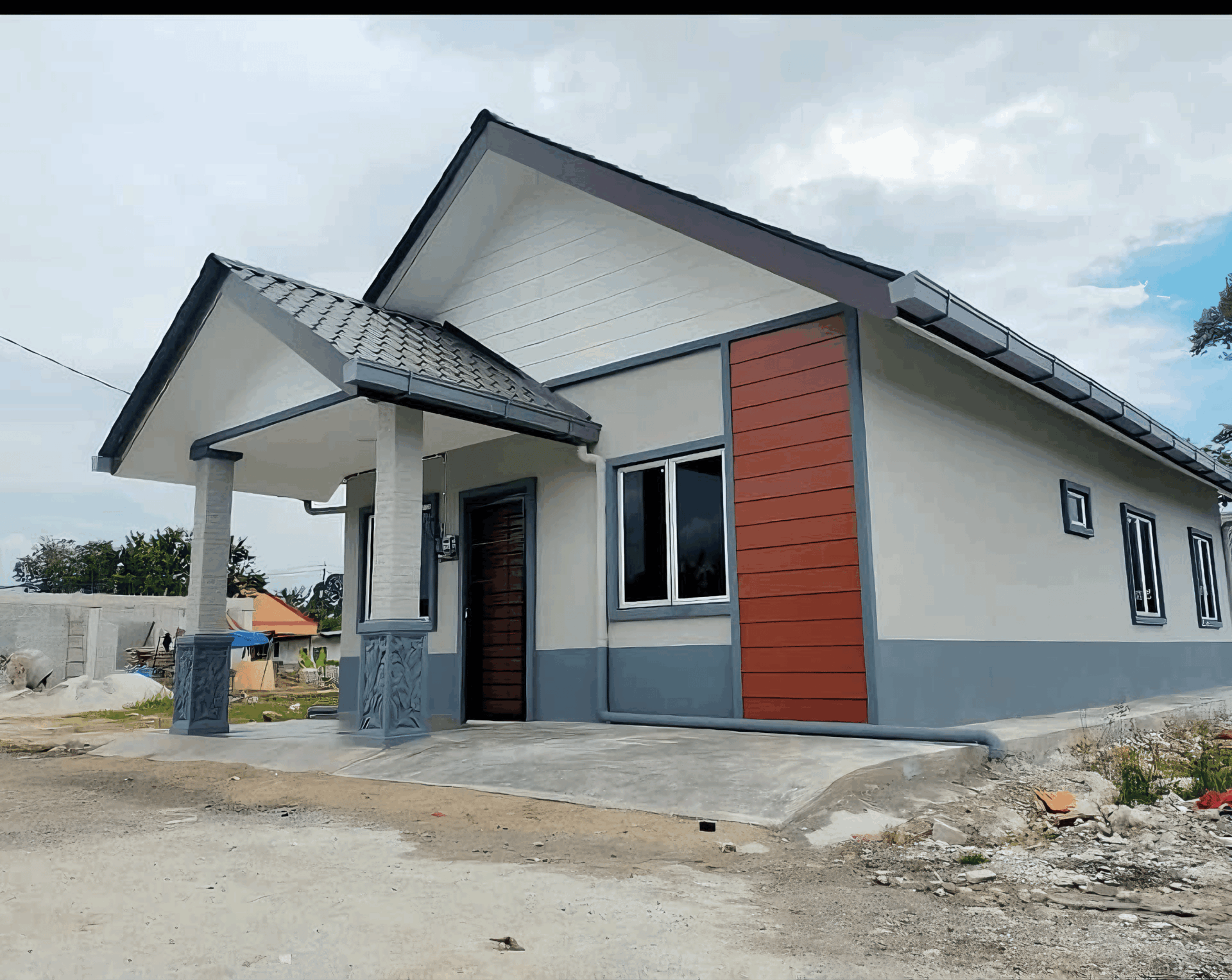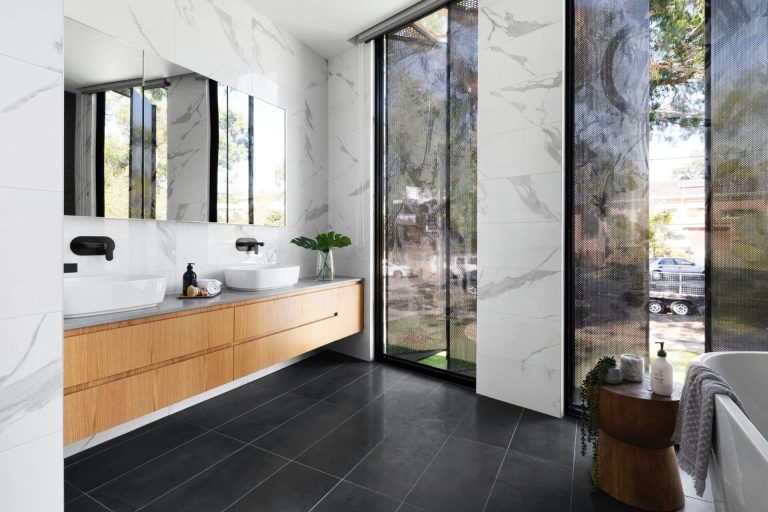Building a dream home is a journey that often feels both exhilarating and overwhelming. It’s a chance to create a sanctuary that reflects your personal style, values, and aspirations. As you embark on this exciting venture, one of the most critical decisions you will face revolves around selecting the right building materials. The materials you choose not only form the backbone of your home but also play a pivotal role in determining its aesthetic appeal, energy efficiency, durability, and overall sustainability.
In a market flooded with options, understanding how to discern quality from the mundane can seem daunting. With so many factors at play—from cost considerations to environmental impact, and from aesthetic preferences to long-term maintenance—making informed choices is essential. This guide aims to demystify the process of selecting quality building materials, equipping you with the knowledge and insights necessary to navigate through the myriad of choices available.
Whether you’re a seasoned builder or embarking on your first construction project, our comprehensive overview will highlight the key factors to consider, the benefits of various material types, and best practices for sourcing authentic, high-quality options. Join us on this journey towards crafting not just a house, but a home that stands the test of time.

Understanding Material Types and Their Benefits
htmlWhen embarking on the journey to build your dream home, understanding the various types of materials available can greatly influence the outcome of your project. Each material comes with its own set of advantages that can enhance not only the aesthetics of your home but also its durability and energy efficiency. For example, wood is a favorite for its natural beauty and versatility, offering a warm ambiance while providing adequate insulation against temperature fluctuations. In contrast, steel is revered for its strength and longevity, making it an ideal choice for structural elements.
Another essential material to consider is brick, which is known for its low maintenance and excellent thermal mass. This means that brick can absorb heat during the day and release it at night, helping to regulate indoor temperatures. On the other hand, concrete is celebrated for its durability and resistance to weathering, often used in foundations and walls. It can be sourced sustainably and is also an exceptional insulator when combined with other materials, leading to decreased energy costs over time.
| Material Type | Benefits |
|---|---|
| Wood | Natural beauty, good insulation |
| Steel | High strength, longevity |
| Brick | Low maintenance, thermal regulation |
| Concrete | Durable, weather resistant |
Ultimately, the right choice of materials hinges on the specific needs of your home and personal preferences. Consider factors such as local climate, maintenance requirements, and environmental impact to make an informed decision. By thoughtfully assessing these material types and their respective benefits, you can ensure that your dream home stands the test of time while remaining a well-loved sanctuary.

Evaluating Sustainability and Environmental Impact
When selecting building materials for your home, it’s crucial to consider their environmental impact and sustainability. Materials sourced from renewable resources not only minimize ecological degradation but also promote a healthier living environment. Opt for products that are certified as environmentally friendly, such as those bearing certifications like FSC (Forest Stewardship Council) for wood or LEED (Leadership in Energy and Environmental Design) credentials for overall sustainability. These certifications ensure that materials are harvested responsibly and have met rigorous environmental standards.
A lifecycle assessment (LCA) approach is invaluable in evaluating the sustainability of building materials. By examining a product’s environmental impact from extraction to disposal, you can better understand the long-term ecological consequences of your choices. Some key factors to consider include:
- Embodied Energy: The total energy consumed in the material’s lifecycle.
- Carbon Footprint: The total greenhouse gas emissions associated with the material.
- Recyclability: The ability to be repurposed at the end of its life.
Additionally, opting for local materials can significantly reduce transportation emissions and support local economies. Here’s a simple comparison table to illustrate the benefits of various commonly used materials:
| Material | Sustainability Rating | Carbon Footprint (kg CO2/m²) |
|---|---|---|
| Recycled Steel | High | 1.8 |
| Bamboo | Very High | 0.5 |
| Concrete | Moderate | 2.5 |
| Hardwood (FSC Certified) | High | 1.2 |

Finding the Right Balance Between Cost and Quality
When embarking on the journey of selecting building materials, homeowners often find themselves at a crossroads, weighing the importance of cost against the allure of quality. A tempting lower price can lead to significant short-term savings, but it’s crucial to consider the long-term consequences. Investing in materials that may initially seem expensive can often yield better results, including reduced maintenance costs and increased property value. Therefore, careful evaluation and informed decision-making are imperative.
To strike the perfect balance, begin by defining your project’s scope and identifying materials that suit both your budget and aesthetic goals. Here are some strategies to guide your selection process:
- Research Alternatives: Explore various brands and materials that fit within your financial limits.
- Prioritize High-Usage Areas: Invest more in materials used in high-traffic zones where quality is paramount.
- Seek Professional Advice: Consult with contractors or architects who can recommend materials that bring the best value.
Another effective approach is to conduct a cost-benefit analysis of the materials under consideration. A simple table can illustrate how different options stack up against each other regarding cost, durability, and maintenance needs:
| Material | Cost per Unit | Expected Lifespan | Maintenance Needs |
|---|---|---|---|
| Composite Decking | $5 | 25 years | Low |
| Natural Stone | $15 | 50 years | Moderate |
| Vinyl Siding | $3 | 30 years | Low |
By systematically analyzing costs and factoring in quality, you empower yourself to make a decision that aligns with your long-term vision for your home. Investing wisely not only brings peace of mind but also enhances your property’s potential, creating a space that you will cherish for years to come.

Expert Tips for Sourcing Reliable Suppliers
Choosing the right suppliers for your building materials is crucial for ensuring quality and reliability. Start by conducting thorough research to identify potential suppliers in your area. Utilize online resources, such as industry directories and review sites, to gather information about various companies. Pay attention to ratings and customer feedback, as these insights can reveal a supplier’s reputation and the consistency of their product quality. Additionally, seek recommendations from industry professionals or friends who have recently undertaken similar projects.
Once you have a shortlist of suppliers, it’s essential to evaluate their offerings in detail. Request samples of materials to assess quality firsthand—this can provide a better understanding of their durability, aesthetic appeal, and overall performance. Engage with suppliers in person or through video calls to discuss your specific needs and ask detailed questions about sourcing, production methods, and deadlines. This will help you gauge their expertise and reliability, making it easier to form a trusting relationship moving forward.
Lastly, don’t overlook the importance of comparing costs while ensuring quality. Create a simple table to help evaluate potential suppliers on key factors:
| Supplier Name | Material Quality | Price Per Unit | Delivery Time (Days) |
|---|---|---|---|
| Supplier A | High | $50 | 7 |
| Supplier B | Medium | $40 | 5 |
| Supplier C | High | $55 | 10 |
This table can facilitate a transparent comparison and allow you to make informed decisions. Ultimately, sourcing reliable suppliers not only ensures quality materials for your dream home but also contributes to the overall success of your construction project. Invest the time and effort into finding the right partners, and you’ll reap the benefits in the long term.
Q&A
Q&A: A Guide to Choosing Quality Building Materials for Your Dream Home
Q1: Why is it important to choose quality building materials for my dream home?
A: Selecting quality building materials is like laying a strong foundation for your dream home. High-quality materials enhance durability, improve energy efficiency, and can even elevate aesthetic appeal. They contribute to long-term savings, reducing maintenance costs and ensuring your home stands the test of time.
Q2: What factors should I consider when choosing building materials?
A: When selecting building materials, consider durability, sustainability, aesthetic choices, climate compatibility, and maintenance requirements. Evaluate how each option aligns with your design vision and lifestyle. Additionally, think about the local environment and how certain materials can withstand the elements specific to your region.
Q3: Are there specific materials that are better for energy efficiency?
A: Absolutely! Materials such as insulated concrete forms (ICFs), high-performance windows, and energy-efficient roofing systems can drastically improve your home’s energy efficiency. Look for products with high R-values, which measure insulation effectiveness, to keep heating and cooling costs down.
Q4: How can I tell if a building material is of high quality?
A: A material’s quality often reveals itself through certifications, warranties, and reviews. Look for industry standards such as LEED, Energy Star, and other certifications that indicate sustainability and performance. Researching product reviews and asking for recommendations from construction professionals can also help you gauge quality before making a decision.
Q5: What role does sustainability play in choosing building materials?
A: Sustainability is increasingly important in modern construction. Selecting materials that are eco-friendly, sourced responsibly, and produced with minimal environmental impact not only benefits the planet but can also enhance your home’s value. Think reclaimed wood, recycled steel, or bamboo, which are both stylish and sustainable options.
Q6: How can I balance cost and quality when choosing materials?
A: Balancing cost and quality requires thoughtful planning. Consider your long-term investment rather than just initial expenses. For example, investing in higher-quality materials may save you maintenance and replacement costs down the line. Create a budget that allows for key areas to feature quality materials while being willing to compromise on others without sacrificing overall integrity.
Q7: Should I consult professionals when selecting building materials?
A: Consulting professionals such as architects, builders, and interior designers can provide invaluable insights. They can help you navigate material choices based on your design goals, budget, and local regulations. Involving experts also ensures that your decisions are informed and aligned with industry best practices.
Q8: Which building materials should I prioritize for my home?
A: Priority materials typically include structural elements like beams and insulation, as well as roofing and siding. Windows and doors should also be high on your list, as they significantly affect energy efficiency and aesthetics. Lastly, consider finishes and fixtures that align with your style while meeting quality standards.
Q9: Can I find quality materials locally, or should I look further afield?
A: Local sourcing is often beneficial—materials made or harvested nearby can reduce transportation costs and environmental impact. Additionally, local suppliers might have insights into materials best suited for your region’s climate. However, don’t hesitate to explore options beyond your immediate area, especially if you’re seeking specific materials that might not be offered locally.
Q10: What’s the final piece of advice for selecting building materials for my dream home?
A: Take your time! Choosing the right building materials is a significant step in creating a home that reflects your vision and values. Do your research, visit showrooms, request samples, and trust your instincts. Enjoy the journey of building your dream home—each choice brings you one step closer!
The Way Forward
As you embark on the journey of building your dream home, the choices you make today regarding materials will lay the groundwork for a future filled with comfort and security. Selecting quality building materials goes beyond aesthetics; it’s about creating a lasting legacy that reflects your values and aspirations. From the warmth of natural woods to the resilience of advanced composites, each element adds character and sustainability to your abode.
Remember, the investment you make in these foundational choices is an investment in your lifestyle. By prioritizing quality, you are not just constructing walls and roofs—you are crafting a sanctuary that tells your story. With the knowledge and insights shared in this guide, you are now equipped to make informed decisions that will stand the test of time.
Embrace the process, trust your instincts, and enjoy each moment as you transform your vision into reality. Your dream home awaits, and with the right materials, it can become a beautiful, enduring testament to your journey. Happy building!



